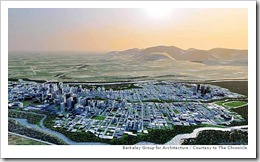By Bijoy Ramachandran in the Bangalore Mirror.
Hassan Fathy, the celebrated Egyptian architect once said, “Every masterpiece requires a patron”. On seeing the large city-scale commissions coming up in Bangalore, I often wonder why our ambitions are so small both as architects and clients, and how the mere replication of facade elements and features serve as valid architectural manoeuvres.
In 1945, John Entenza, the editor of Arts & Architecture magazine in the US proposed the construction of eight houses in California as case studies to address the housing boom post World War II. Nationally recognised architects were chosen, sites were bought and earmarked and these houses were meant to demonstrate the use of new technologies and materials, accommodate a contemporary lifestyle, and be easy to duplicate and construct.
Continue reading here.
